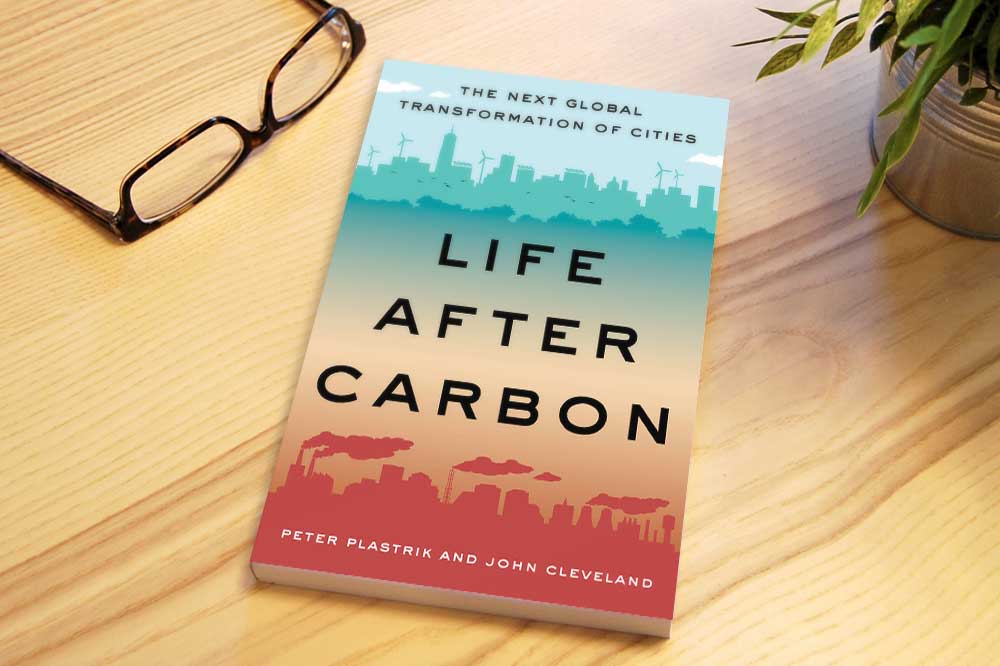

The Ursulas we see for only a few scenes feel as important and vital as those we see for half an episode. It’s a credit to McKenzie that she is able to tie all these different Ursulas together – even though some of them get barely 10 minutes of screen time – and make each one feel lived-in and alive. We see Ursula the beleaguered housewife, Ursula the expat caught up in pre-war Germany, Ursula the wartime volunteer. Whereas the novel had a strong sense of who Ursula was – headstrong, emboldened, slowly jaded by the onward march of history – the series instead portrays her as an everywoman character, moulded more by her circumstances than her choices. One of the most striking differences is the series’ treatment of Ursula, played in adulthood by New Zealand actor Thomasin McKenzie (Jojo Rabbit) in what might be her best performance yet. It’s a companion piece to the novel, rather than a straightforward adaptation. At times, you can sense it attempting to hold the audience’s hand – the first episode sets out the premise relatively clearly, while the novel had no such comforting impulse – but ultimately, the series becomes its own creature. (Photo: BBC/Supplied)Īcross four episodes, all directed by John Crowley (Brooklyn), Atkinson’s novel is condensed and translated into a glossy prestige drama. Thomasin McKenzie as Ursula and Louis Hofmanm as Jürgen in Life After Life. Which is why it’s something of a surprise that the BBC’s Life After Life, streaming now on TVNZ+, is such a success. It’s the sort of novel that’s always going to pose a challenge to writers eyeing a potential adaptation for the screen.

In this respect, Life After Life runs against how we’re told dramas should play out, with answered questions and closed bookends. Atkinson rejects the impulse to solve the mystery by refusing to even ask questions – Ursula’s lives simply are. She just lives through it, and tries to do something slightly better, or at least different, each time. Ursula never figures out why this happens to her, and barely even tries to.

She dies multiple times – anywhere from within the first few moments of being born, to living decades before being crushed by rubble during the WWII bombing raids on London. The high-concept 2014 novel revolves around Ursula, a British woman born in the first half of the 20th century who finds herself caught in a loop of life, death and rebirth.

Nothing about Kate Atkinson’s Life After Life suggests it would be a good candidate for a TV adaptation. The BBC miniseries based on Kate Atkinson’s modern classic is a triumphant companion piece to her novel – thanks in no small part to Thomasin McKenzie’s best performance yet, writes Sam Brooks.


 0 kommentar(er)
0 kommentar(er)
